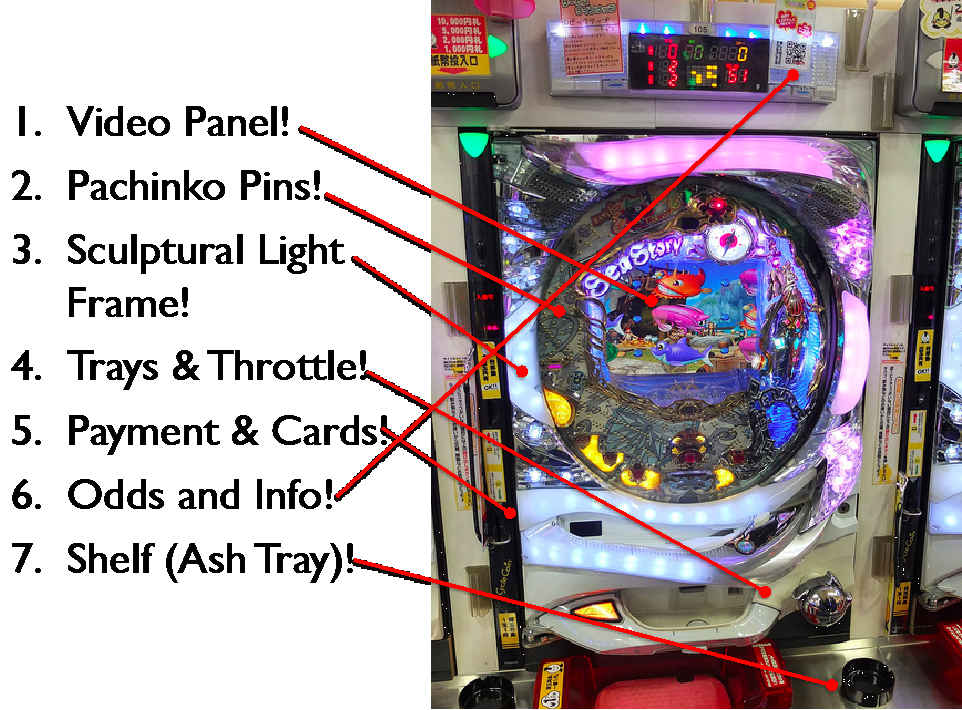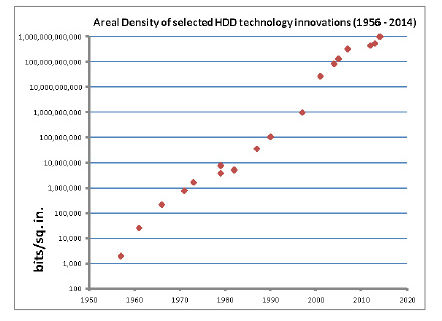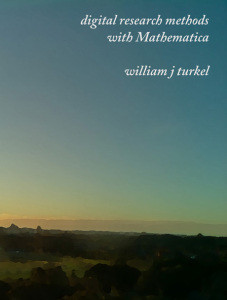Jeremie alerted me to a strange debate raging about Dead or Alive Xtreme 3, a sexist beach volleyball game that Koei Tecmo decided not to release in the West, apparently because of concerns about a feminist backlash according to an employee’s comments on Facebook:
Do you know many issues happening in video game industry with regard to how to treat female in video game industry? We do not want to talk those things here. But certainly we have gone through in last year or two to come to our decision. Thank you.
The Guardian has a nice article about the issue with background on adult genres common in Japan, Dead or Alive and otaku culture: why sensitivity is not the same as censorship. Ars Technical has an article too with an update, Dead or Alive publisher denies game is too sexist for Western audiences, that mentions how the publisher Koei Techmo has released an official statement that sort of backtracks on the comments that triggered the issue. Gamespot also has an updated story Dead or Alive Xtreme 3 Won’t Ship Worldwide Due to Sexism Backlash Fears.
Needless to say, this has animated the SJW (Social Justice Warrior) discussion around the representation of women in games and censorship of games. (I should note that it isn’t censorship if a publisher decides to not publish something.) Interestingly, this is not the first time we have had this debate about Japanese adult games across cultures. Brian Ashcraft has an article in Kotaku on Why Is CNN Talking About Rapelay? which documented how the Japanese publishers of adult games were adapting to attention from the West by changing titles and not localizing titles. What has changed is how the West is arguing with itself through Japan. The Japanese seem to be trying desperately not to be part of our culture war.


